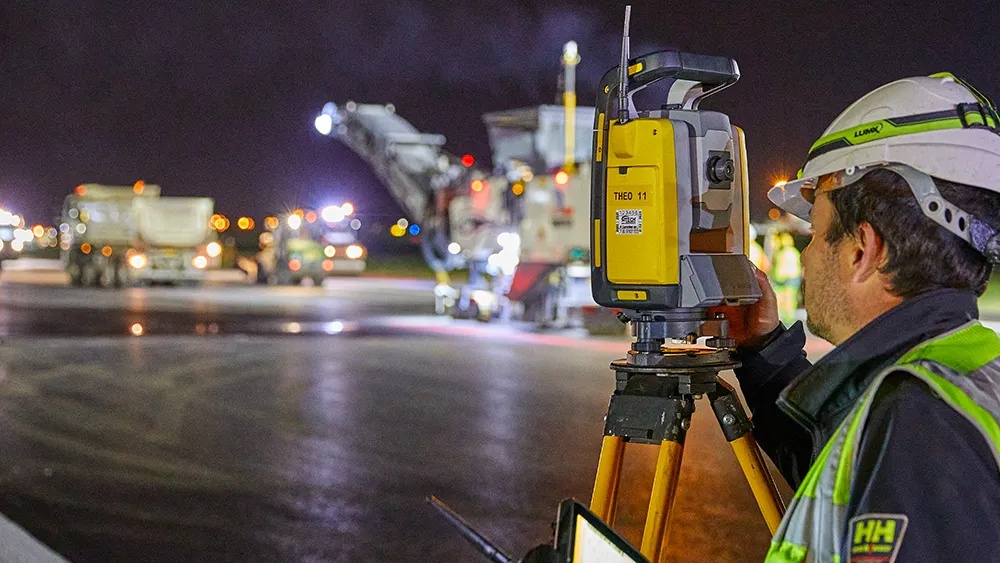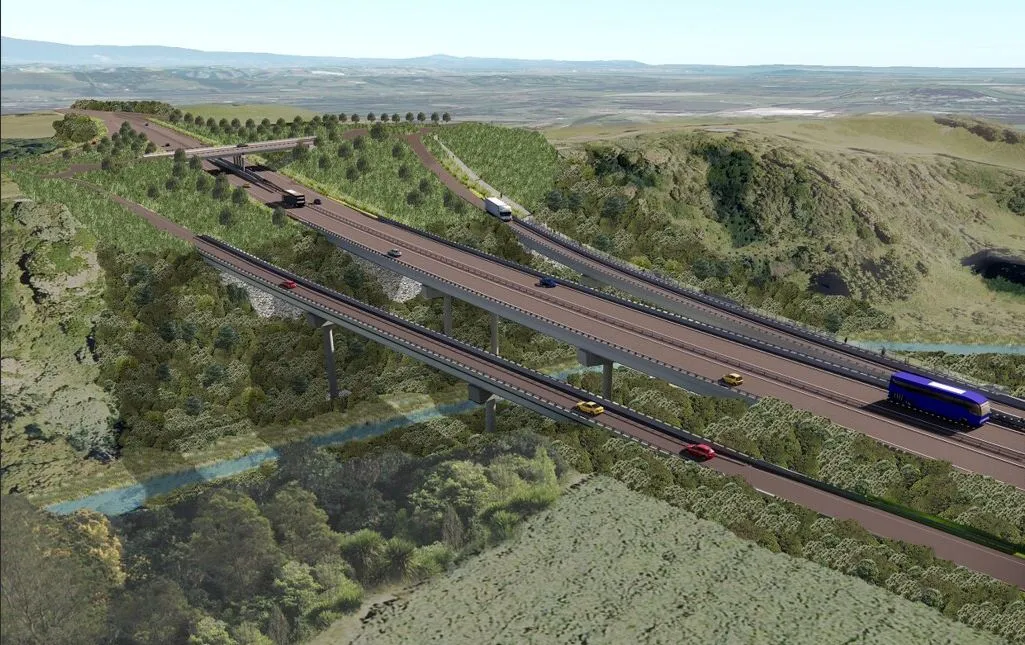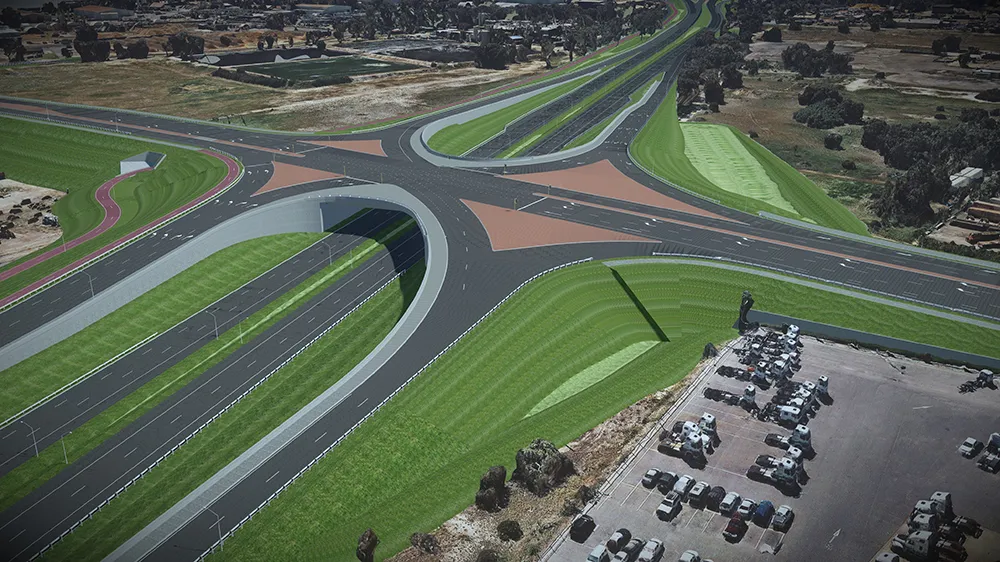
Eighty per cent of all journeys are on paved roads. Over the past 50 years, road design and maintenance have improved to ensure safer and smoother journeys. But roads are designed to wear out, and maintenance is an ongoing effort that can tax resources and budgets.
While many road maintenance organisations rely on manual methods of evaluating pavement and asset conditions, artificial intelligence (AI) is increasingly helping them improve their planned and reactive road maintenance strategies.
Learn more at our next webinar on 27 May, Road asset management: AI use cases from around the globe.
The process of road asset management comprises three broad areas:
- Reactive maintenance, the day-to-day monitoring to check for hazards on the road network
- Planned maintenance, measuring network condition and planning repairs
- Managing network inventory, assessing and repairing other road assets such as signs and barriers
Vaisala RoadAI is benefiting organisations with faster, more detailed, accurate and cost-effective road condition surveys. RoadAI provides a quick, complete, objective analysis of pavement conditions through an automated road survey.
The solution combines a user-friendly AI tool, high-quality video data and reliable methodology to quickly and accurately assess pavement conditions up to four times faster and at half the cost of a manual road survey.
Can the same decision support tool apply to different countries and processes?
Find out in our next webinar, Road asset management: AI use cases from around the globe on May 27, 2021. We will cover how technological advances are helping different road maintenance organisations — including use cases from around the world.
If you can’t make the live time, register anyway and we will send you a link to the recording.
Content produced in association with Vaisala









